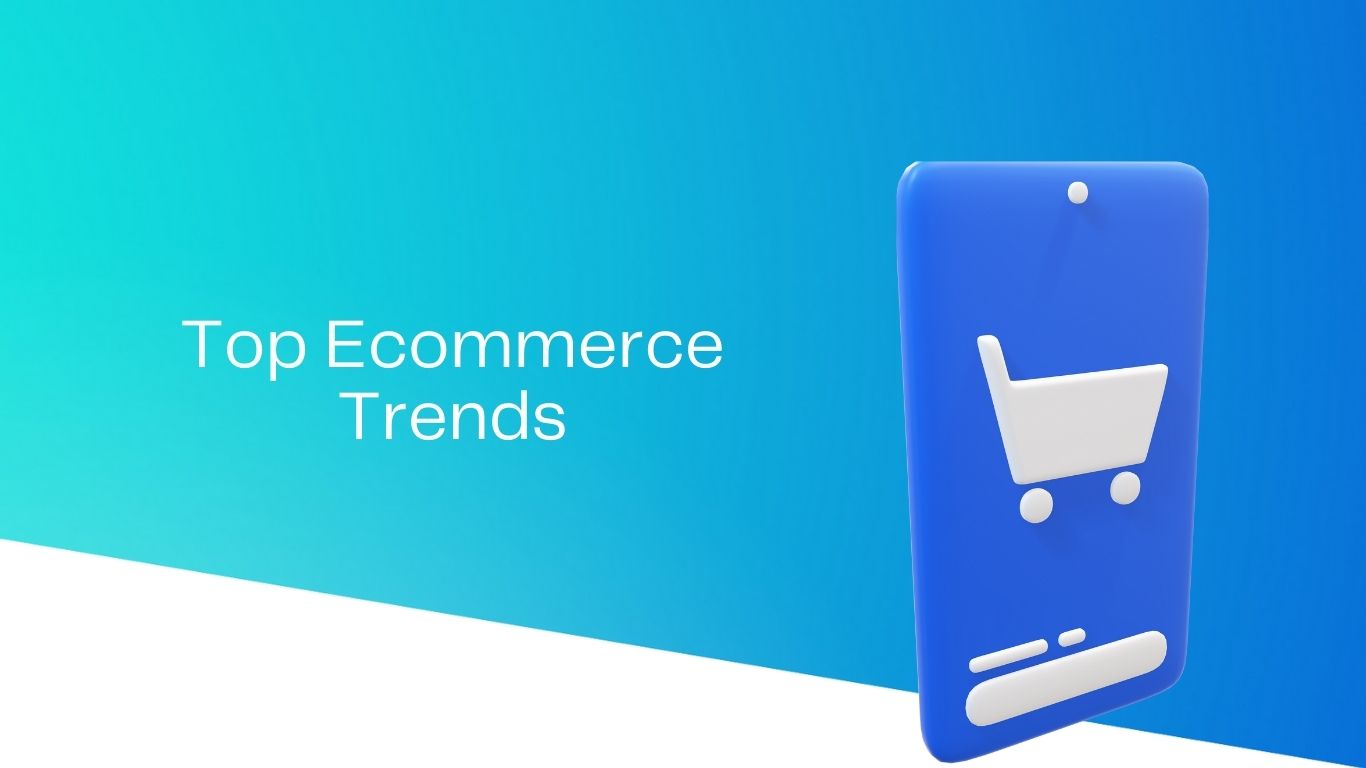
As an ecommerce seller, you must have acknowledged that global ecommerce has been fairly rising and shifting since the pandemic, and it’s vital to predict and follow the latest changes to shape ecommerce in the near future. As a marketing project manager in an international fulfillment services company, “NextSmartShip,” I am passionately interested in the global ecommerce business. I have collected two articles highlighting the ecommerce trends in 2022.
The first article, written by Jenn Chen and titled, “4 Ecommerce trends you need to know for 2022” from Sproutsocial, addresses four main trends: Social commerce, Augmented Reality (AR) commerce, Livestream shopping, and Conversational commerce.
The second article, titled “5 Game-Changing Ecommerce Trends in 2022” by Jacob Loveless, published in Entrepreneur, echoes similar sentiments as the first article. Voice search for shopping, Demand for personalized products, Customer-service management with chatbots, Augmented and virtual reality for shopping, and Omnichannel selling are the trends Jacob predicts for 2022 ecommerce.
Let’s dive into the top 5 ecommerce trends from these two articles.
· Social commerce
TikTok launched its first live shopping event for UK users on the platform in December, tapping into the rise of social commerce. Jenn stresses that it’s essential to streamline consumers’ purchase journeys. The fewer clicks consumers take, the less chance they will abandon the cart.
· Augmented Reality (AR) commerce
How to help consumers preview products and experiences without going to the physical stores is one of the critical issues for online sellers to figure out, and AR is the answer. Using 3D technologies in your online shopping experience can increase your conversion rates by up to 40%, by the research from Threekit.
· Livestream shopping
Even though promoting your products via live streaming is not a new thing in China, it will take off globally in 2022. Jenn emphasizes that you need to interact with consumers during the live streaming rather than sticking to the script.
· Customer-service management with chatbots and voice search
According to a study on live chat, 79% of users prefer live chat support for its instant responses. Chatbots has the highest customer satisfaction level of 73% versus 61% for email support and 44% for phone.
Apart from that, voice shopping is the other kind. According to Statista, global smart speaker market revenues could grow to nearly 28 billion by 2022. Jacob suggests that ecommerce sellers need to scale a voice shopping strategy to boost sales.
· Demand for personalized products
Personalized shopping is the future, which requires new technology development to make your customer journeys smoother. NIKE is an excellent example in this case. Its Lunarglide shoe edition provides a customization option for customers to design based on their preferences.
Drawing on these two articles and my experience in the ecommerce industry, I have listed three actions that I would recommend to ecommerce sellers who want to thrive and become the leading brands in 2022.
1. Deepen consumer empathy
Develop a more profound empathy to increase customer satisfaction, loyalty, and greater innovation.
Social commerce and personalized products are the best instances for improving the consumer experience. There are still many aspects that we can do much better for our consumers, such as global fulfillment services, multiple payment methods, etc. We should always put ourselves in our consumer’s shoes to think about making them shop more conveniently and fun.
2. Embrace new technologies
New technologies enhance customer experience and internal management systems.
AR, advanced Chatbots, voice shopping all lead to technology. Leveraging AI and automation to enhance the consumer experience is something urgent for ecommerce sellers to experiment in 2022. Consumers crave while giving them an accessible and engaging shopping journey.
3. Create data-driven culture
Replace gut feeling with decisions based on data-derived facts to optimize financial performance and predict future trends.
This is a data-driven era, no matter you run a small local shop or a large ecommerce business. The data you collected is the primary source of information for optimizing business processes, accelerating decision making, predicting future trends, and generating the bottom line.
However, Apple allows iPhone users to refuse data tracking in iOS 14.5. Only 15% of users globally and 6% of US users opted in for app tracking after this new privacy update, which indicates that ecommerce sellers will face new challenges for consumer acquisition and experience issues with attracting new consumers.
On top of those three actions, environmental and sustainability awareness has increased significantly among consumers these years. In a bid to successfully address demands for sustainability from shoppers, ecommerce sellers need to sincerely take social responsibility and eco-friendly approaches into consideration when it comes to the supply chain.
Starting from now, by studying those trends and recommendations, I hope you will smartly put them into practice to expand your ecommerce empire in 2022.
 Kai Ma
Kai Ma
Global marketing project manager at NextSmartShip, a tech-centered global fulfillment service company.
Feel free to reach out or connect with me at LinkedIn


